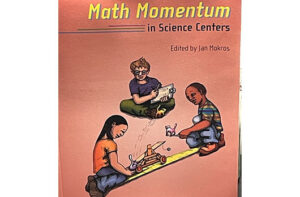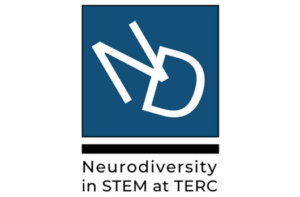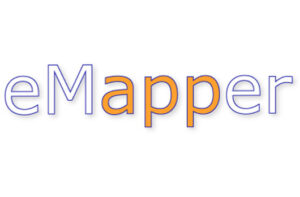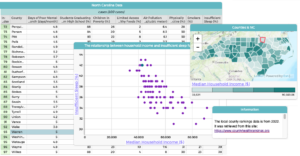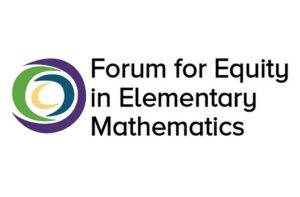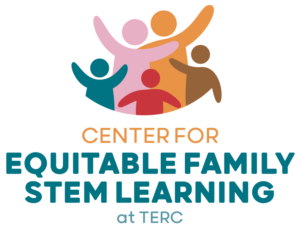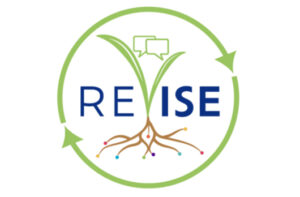The PIAAC Numeracy Framework: A Guide to Instruction
Curry, D.
(2019). The PIAAC Numeracy Framework: A Guide to Instruction. Adult Literacy Education, 1(2), 33-51.
Adult learners come to our classes at all different levels, with misconceptions, gaps in some areas but strengths in others. There is no class that is truly homogeneous, especially if the class is based on a one-time multiple-choice test. This messiness is one reason many adult education math teachers feel like the best way to work with their students is to have them all in separate workbooks (including “tech-based workbooks”) which typically focus on decontextualized procedural practice – a unit each on fractions, decimals, data, geometry, etc. And, because this is the model that most practitioners are used to seeing, they simply follow the workbook (or virtual lessons). They often have trouble figuring out how to differentiate instruction other than to have every student on a different page in the workbook. This means that there is little classroom discussion about topics of significance to students and students rarely see math as useful in their lives. Their main purpose for learning math in the adult education classroom is often just to pass the “test.”


